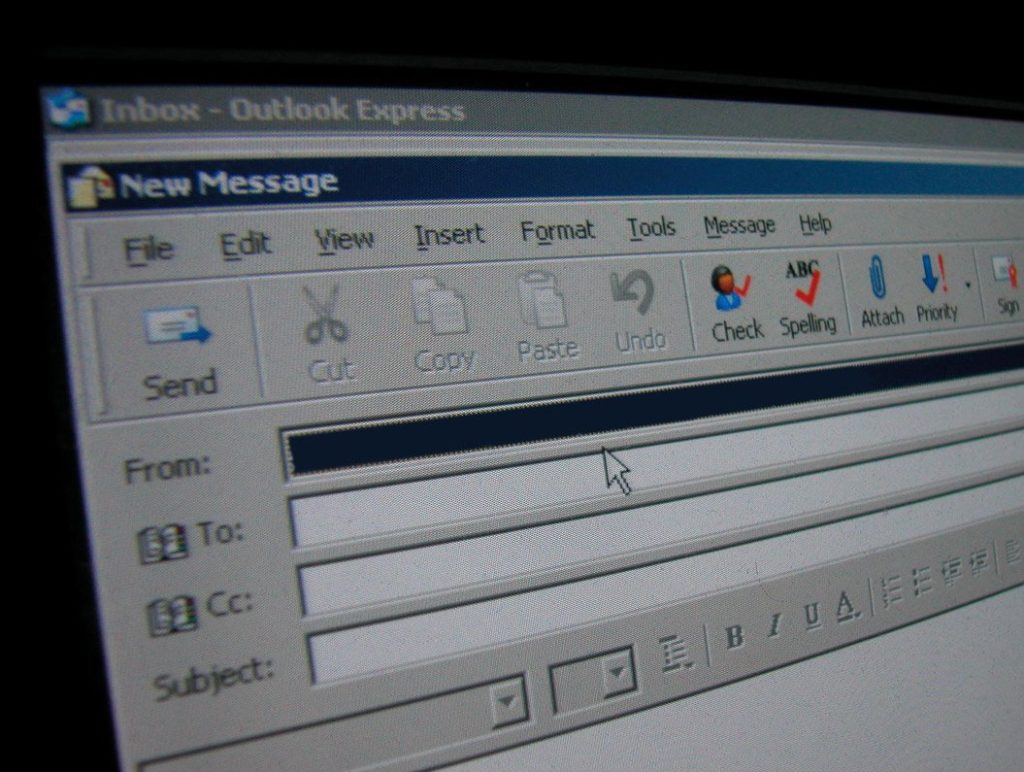Everyone has felt the sting of embarrassment, at some point, because of accidentally sending an email with errors. Whether it was an email sent to the wrong recipient, distribution list, or an embarrassing typo, we are only human and sometimes make mistakes. For business professionals, though, it’s crucial to use proper email etiquette. If you don’t get into the habit of sending professional emails, your reputation as a professional could be at stake.
Whether you are a business owner yourself, or an employee representing a company or business professional, these tips will help you practice professional email etiquette.
Start With A Professional Subject Line
The subject line is the first thing that the recipient will see. Many busy professionals will not open an email unless they know it is important. Don’t use words like “Hey,” “FYI,” or “Just checking in” as the subject line. Use words and phrases that convey exactly what the email is about. Also, do not leave the subject line blank.
Next, Use A Proper Greeting
Again, don’t use words like “Hi” or “Hey” as they lack professionalism. Be yourself, of course, but begin with a proper greeting. Words like “Good afternoon,” “Hello,” and “Greetings” are polite.
Consider Using An Introduction
If you email someone who does not know who you are, you should consider starting with an introduction. Simply start by telling the recipient your name and the company or business you represent. If you were referred to the recipient by someone, let them know who gave you their contact information and why. For example, you would say, “Hello, Mr. Adams. My name is LaRinda Roper, and I am the owner of Expert Virtual Services. I was referred to you by our mutual client, Patricia Smith.”
Know The Culture For International Email Etiquette
If you need to send an email to someone internationally, understand that there will be a difference in email etiquette. It’s essential to try to learn the recipient’s culture to some degree, as not to offend them. For example, in Japan, it is polite etiquette to ask them about the weather in the first sentence of a business email. You may also want to consider using an apologetic tone when emailing a Japanese business partner to request information or a favor. Terms like “Sorry to interrupt you when you are busy” are considered polite and professional business email etiquette to them.
You may also notice differences in international email correspondence, such as how other countries write the date. Most other countries write the date differently from Americans, which can cause confusion if you are not aware. Also, be mindful of differences in time zones. If you expect a response by a specific date and time, make sure that you communicate the date and time in their timezone to avoid confusion. It’s also important to note that where Americans usually expect a quick response to emails, some other cultures have a much broader view of what they feel is an acceptable response time.
Do Not Hit “Reply All”
Nothing is more annoying to some people than getting multiple notifications from multiple parties because people keep hitting the “reply all” option instead of only replying to the sender. It is also downright embarrassing and can result in a few responders lecturing people to stop hitting “reply all.”
Always Protect Privacy
Even though you believe the recipient will delete the email, the information you share in an email can be accessed through software and stored on your hard drive. Also, anything you say in an email can be forwarded and shared with anyone. Don’t put anything in an email that you wouldn’t be ok with others seeing it.
Don’t Use All Caps
It is commonly known that using All Caps means that you are angry or “yelling” in text form. It is also unprofessional and not grammatically correct.
Don’t Use Emojis, Jokes, Or Sarcasm
Emojis have their place in social media and when texting, but they do not look professional in business writing. It is often seen as immature, as well. Be careful with using jokes and sarcasm as they may be offensive to others, or they might not interpret the meaning as intended to be a joke or sarcasm. Viewing words in text format, the recipient cannot hear your voice or see your facial expression. These are the things that usually let someone know that you are joking or being sarcastic.
Proofread Before Hitting The Send Button
It probably goes without saying, but this is very important when writing business emails. Double-check that you are sending the email to the correct recipient. If you are using a distribution list, make sure you are using the correct one with the appropriate parties.
Proofread the body of the email. Make sure you use proper grammar and punctuation. Use the spell-check feature or use Grammarly, a free writing assistant that checks your spelling and grammar for you.
If you are attaching documents or photos, make sure that you have attached the correct item. People make a common error by grabbing the wrong document from your files and accidentally sending private and confidential information to the wrong party.
The Closing
End the email with a polite closing such as “Sincerely,” “Best Regards,” or even “Thank you.” It is also courteous and professional to include as the last sentence to offer your assistance if needed. For example, “Please let me know if I can be of further assistance to you” is a polite way to close the email.
Using proper email etiquette in your business will show others that you are professional and will be more likely to take you seriously. Share this post with your colleagues!

